In Singapore, some people are obsessive about having tee poh in their food like in bak chor mee. For them, it is the defining ingredient - have tee poh 👍 good, no tee poh 👎 bad. I am also like that but often wondered what the words "Tee Poh" stand for 🤔
Spelt Tee Poh, Ti Po, or Teepo, it comes from the Teochew Chinese words 铁脯. Tee Poh is made from 地宝鱼 (De Bǎo). 地宝 is a Flounder which is a bottom dwelling flat fish. 地宝 literally means "treasure of the seabed".
Found in the seas off southern China's Guangdong and Fujian provinces, the Flounder is also known literally as 比目鱼 or 左口鱼 (Flounder), 大地鱼 in Cantonese (Earth Fish) and 扁魚 in Hokkien (Flat Fish).
(Image of Flounder courtesy of Wikipedia.)
It is commonly used in Cantonese, Teochew and Hokkien dishes.
In Singapore, bak chor mee enthusiasts will look out for Tee Poh in their bowl of minced pork noodle.
Less obvious because it is not visible, but bak chor mee enthusiasts will also be able to taste the umami savouriness that comes from tee poh in the bak chor mee soup.
There's also tee poh in the bak chor mee wanton filling which gives the sweet minced pork an umami savoury balance.
Tee poh is also used in Teochew fish dumplings or her kiao. The filling is similar to Cantonese wanton with minced pork and crushed or powdered tee poh. The her kiao wrap is made with fish paste and a starch binder (e.g. tapioca, sweet potato or glutinous rice) instead of wheat flour and egg.
In Guangzhou, Tee Poh known among Cantonese as 大地鱼 Earth Fish, is used to make soup. The sun dried Earth Fish is traditionally grilled over slow charcoal fire till oils appear, and flavours and aromas released from the dried fish.
Together with pork bone, ham, and prawn, sun dried Earth Fish gives wanton noodle soup depth of umami savoury and sweet flavours.
Dried Earth Fish is also fried and then ground or pounded into powder.
The Earth Fish powder is folded and mixed into minced pork used to make wantons. The dried Earth Fish powder add a savoury umami flavour to the sweet pork.
In Shanwei, powdered Tee Poh 铁脯 is mixed into fish paste to make fishballs, adding a umami savoury layer to the sweet fish meat.
Note to self - The next time Tee Poh is mentioned, remember it is the transliteration of 铁脯 made from 地宝, "treasure of the seabed".
Written by Tony Boey on 5 Apr 2021
References:




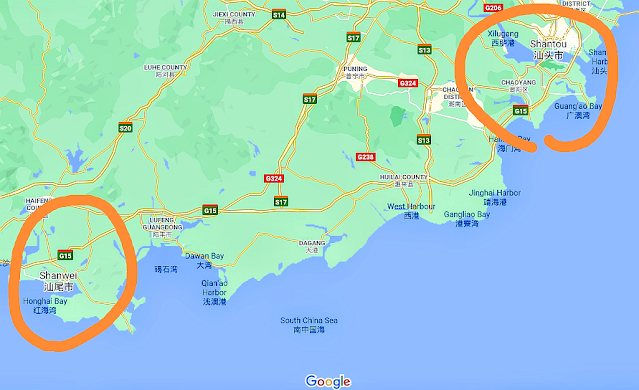

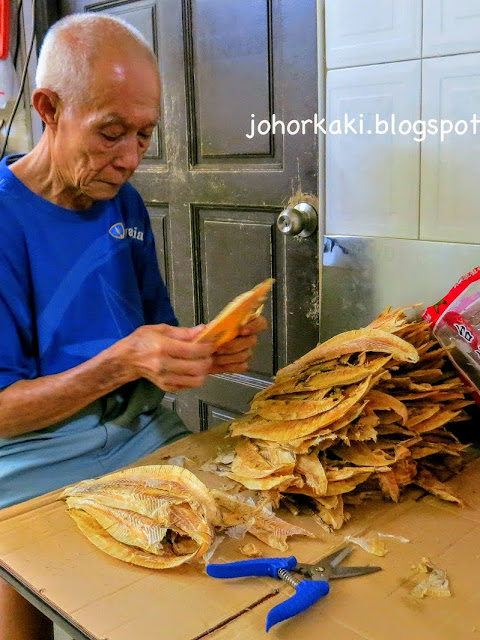

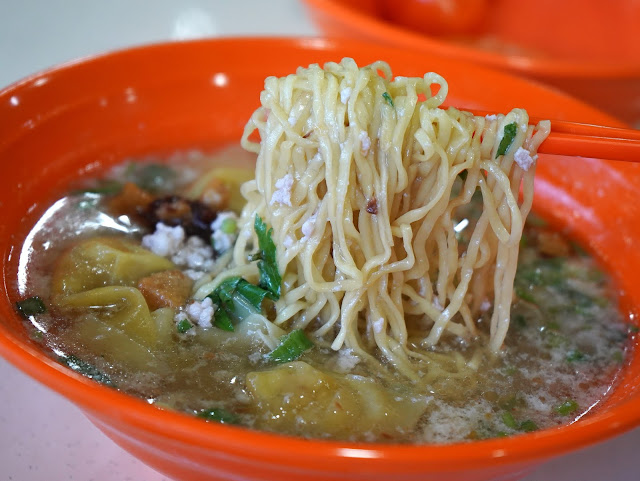
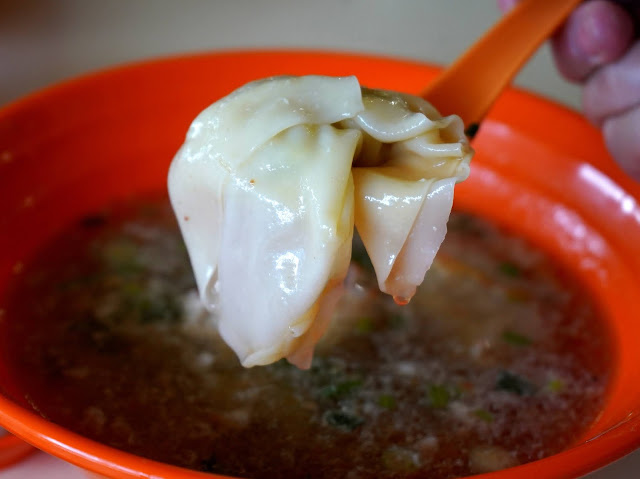
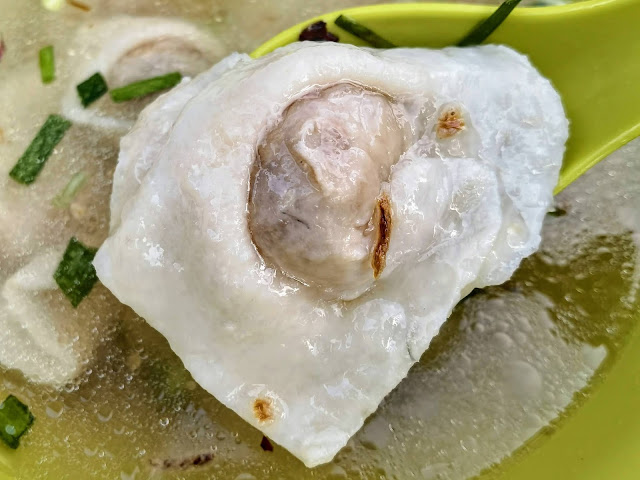
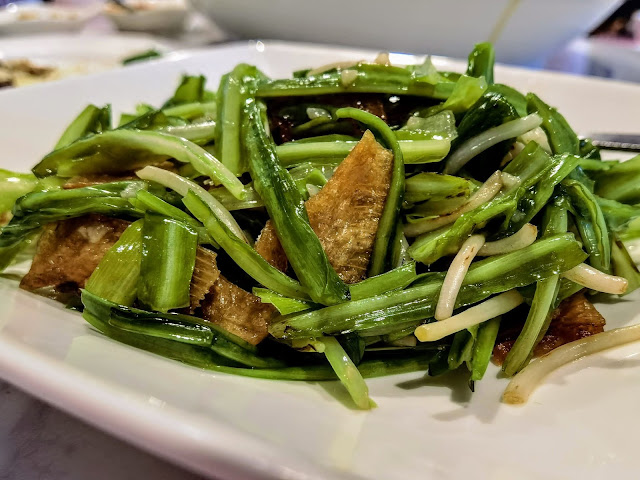

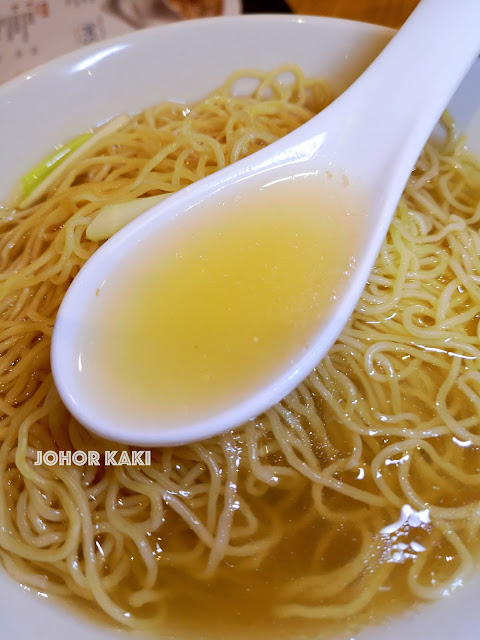
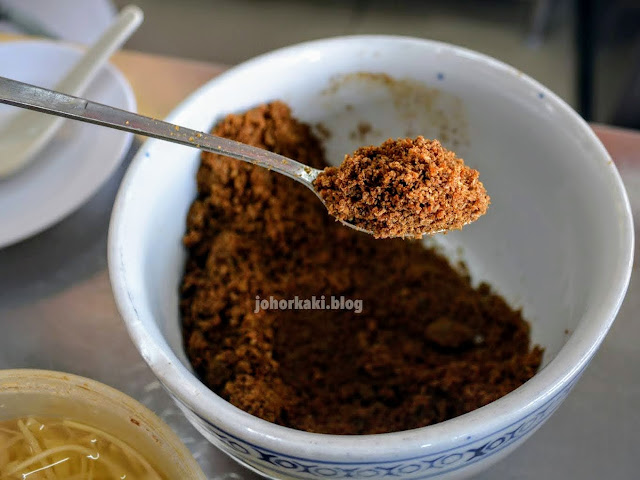



Not intending to devalue your Chinese translation of "ti po" but the "po" is actually "脯" which means "dried". It's the same word in "菜脯" (preserved radish).
ReplyDeleteYou are right! It is 铁脯鱼. Thank you for pointing out.
Delete